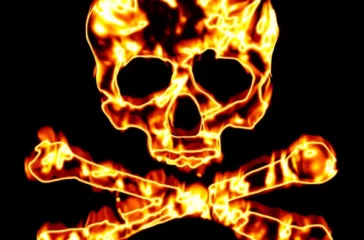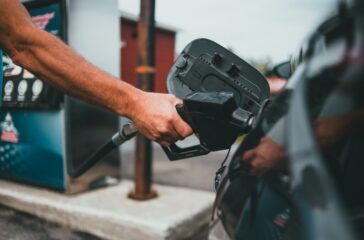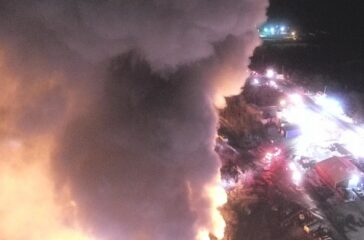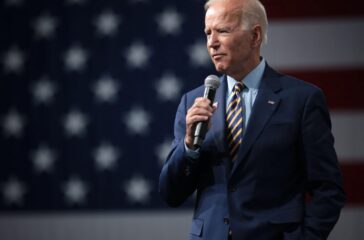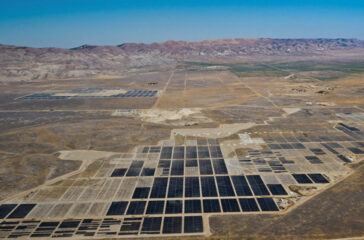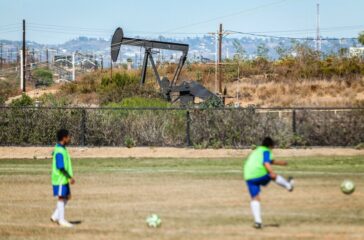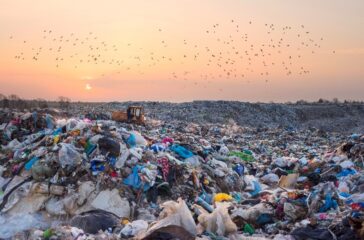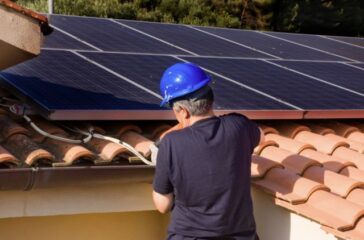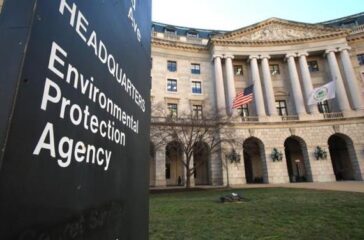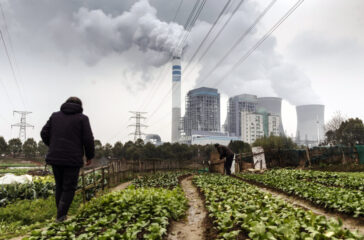Guest Column: Paraquat and the deliberate production of ignorance
By E. Ray Dorsey, M.D., and Amit Ray, Ph.D
Nearly 60 years ago, a chemical company found that skin exposure to very high doses of its weedkiller paraquat caused “weakness and incoordination” in rabbits. Large amounts of the herbicide, which is used on corn, cotton, and vineyards, caused some mice and rats in its labs to develop a stiff gait or tremors. A decade later, an autopsy of a farm worker exposed to paraquat showed “degenerative change” in the “cells of the substantia nigra,” a pathological hallmark of Parkinson’s disease.
Rather than remove this dangerous chemical from the market or develop a safer alternative, the company doubled down on its “blockbuster” product and sought to expand its use. Along the way, the company appeared to use techniques to underestimate the toxic effects of the chemical, hide the results of its own research from regulatory authorities, and discredit the research of an academic investigator and prevent her from serving on a U.S. Environmental Protection Agency (EPA) advisory panel.
The company’s alleged efforts seem to have worked brilliantly. Despite numerous animal and epidemiological studies linking the environmental toxicant to Parkinson’s disease, paraquat’s use in the United States from 2013 to 2018 more than doubled. As pesticides can contaminate drinking water and pollute the air their harmful effects are not limited to farmers but extend (at least) to other rural residents who also have a higher risk of developing Parkinson’s disease. Because of its health risks, over 30 countries—including China—have banned paraquat. Yet in 2021 the EPA reauthorized its use even though its own website says, “One Sip Can Kill.”
 EWG
EWG